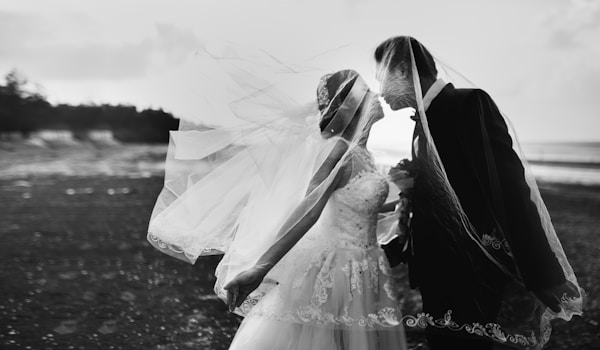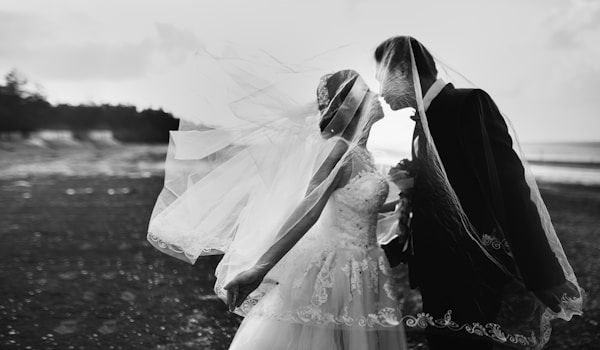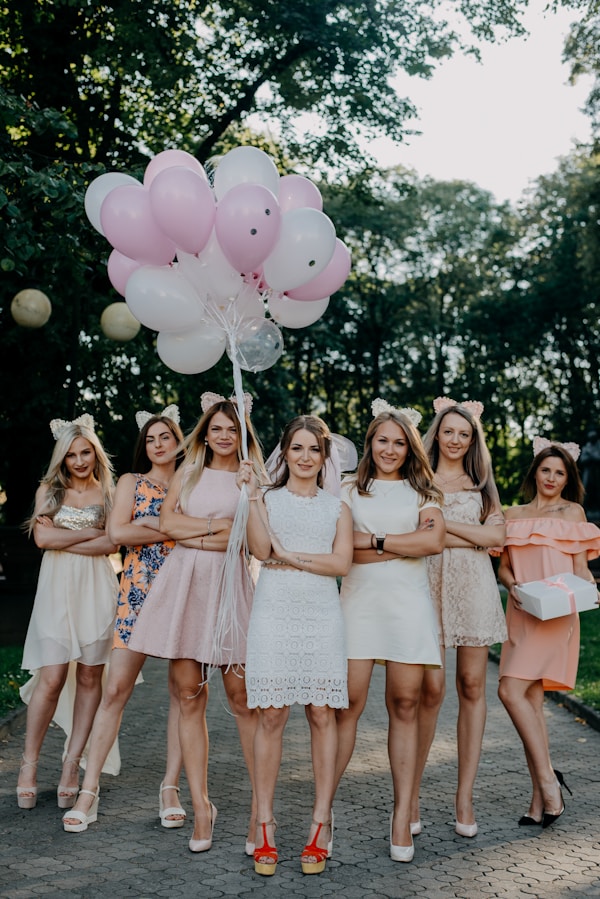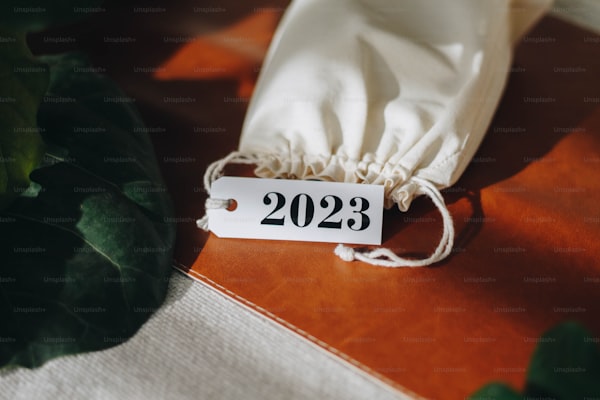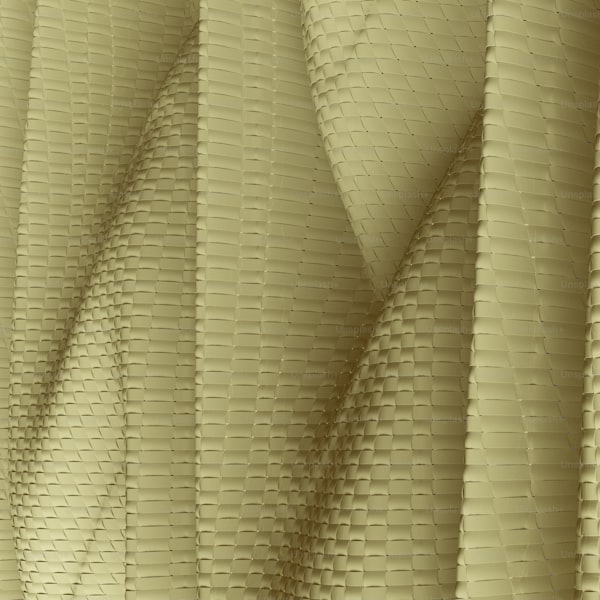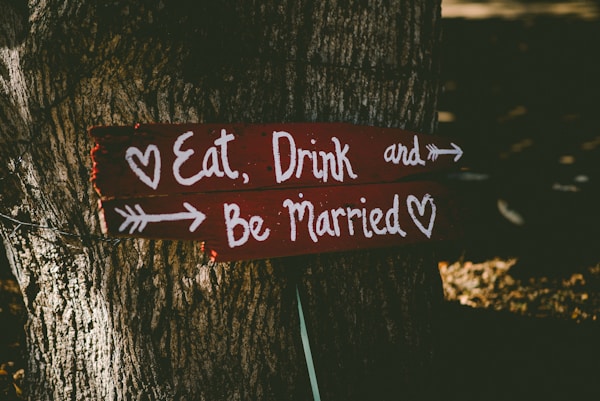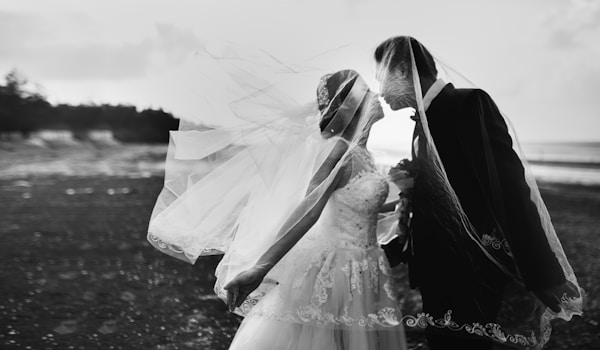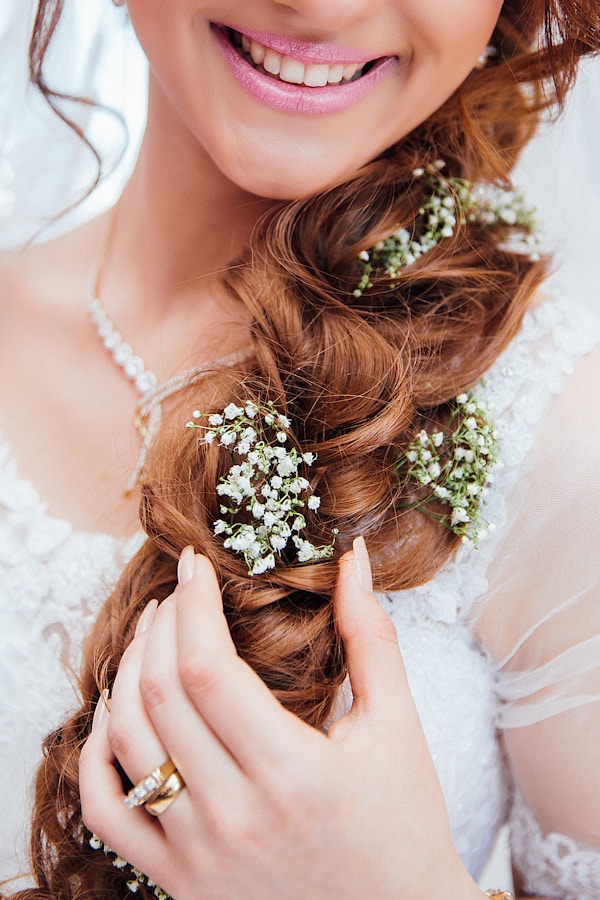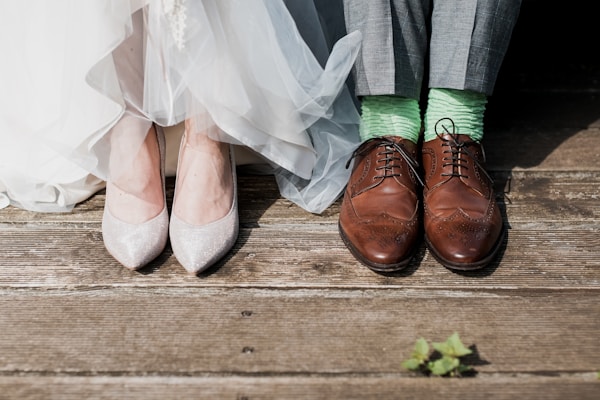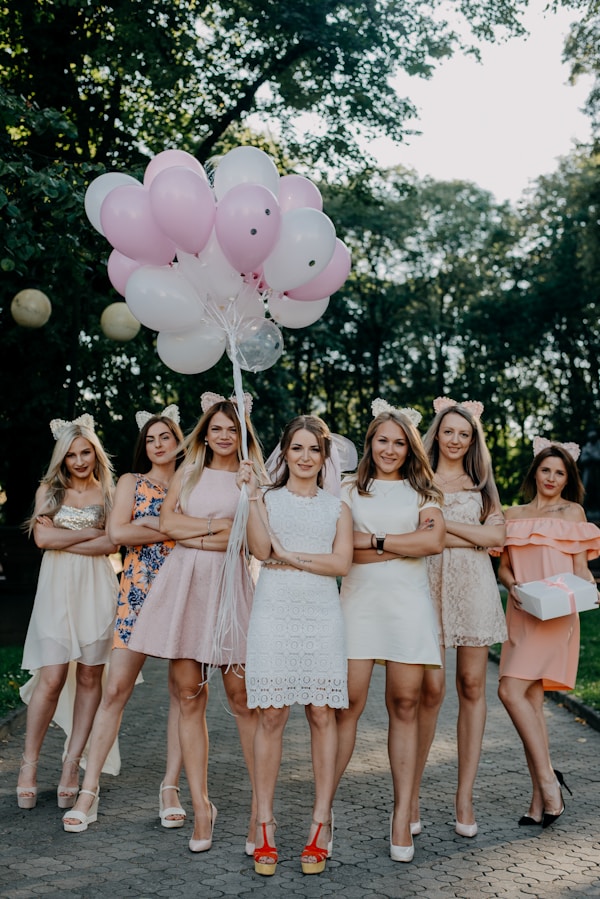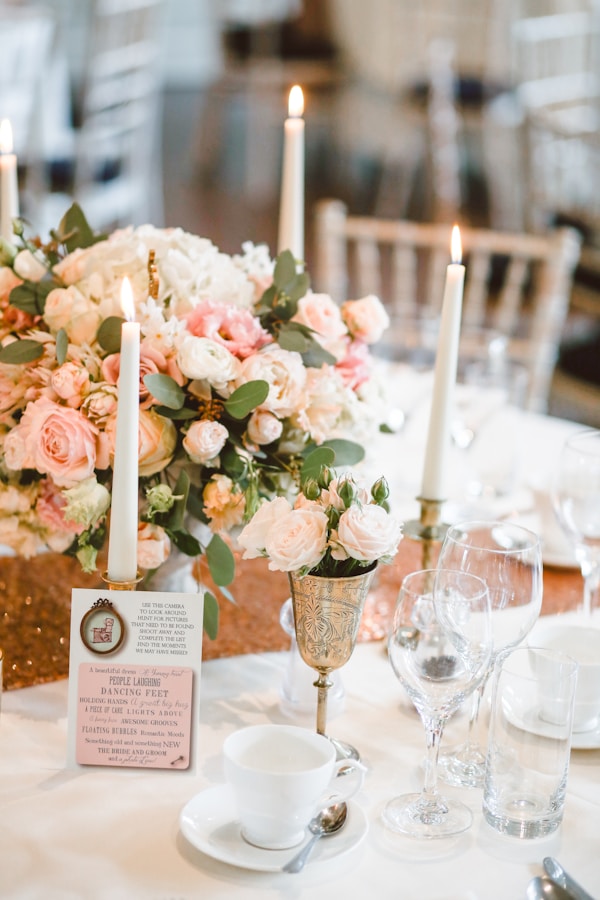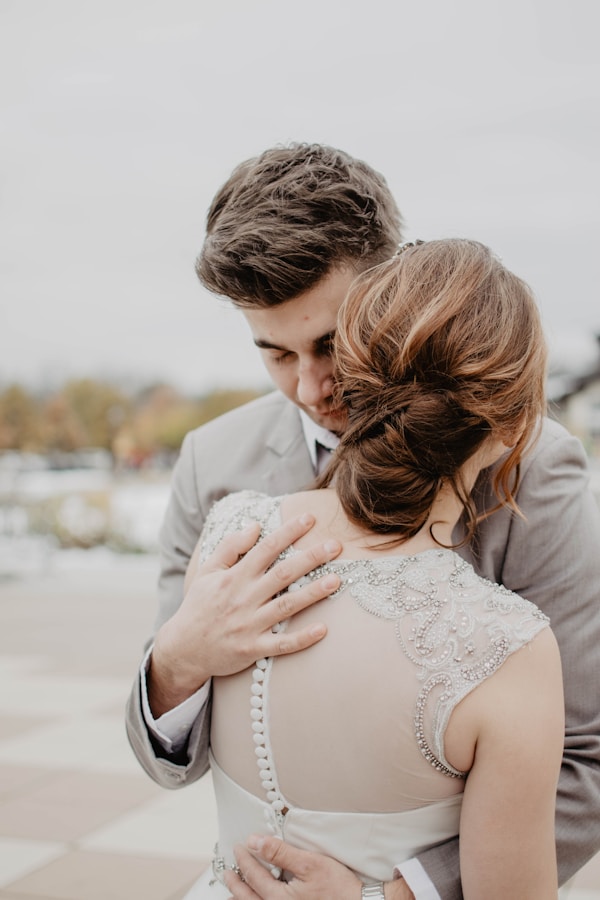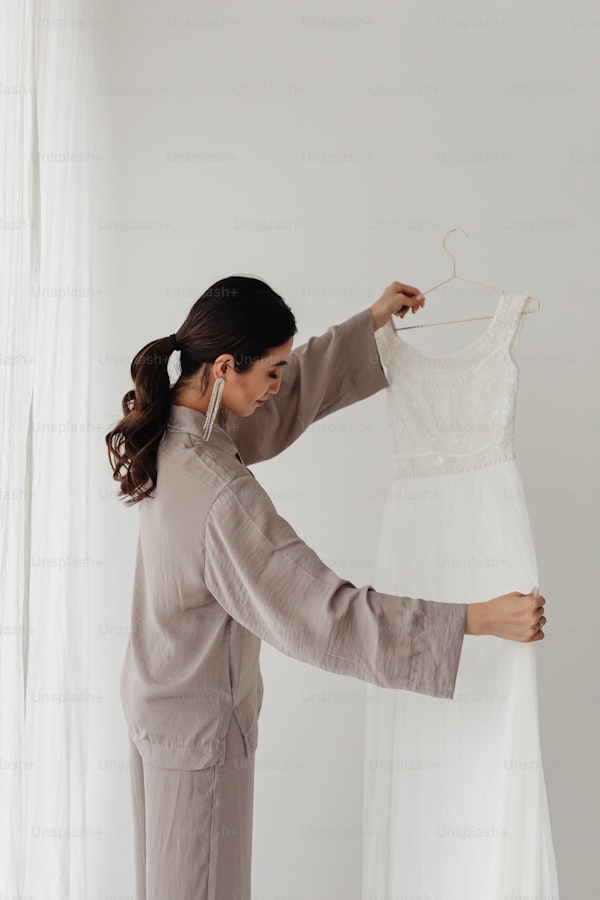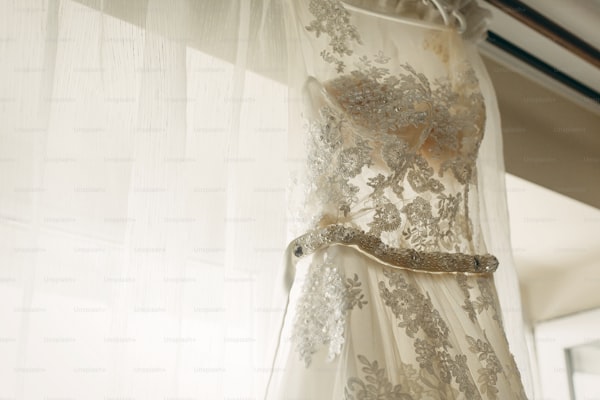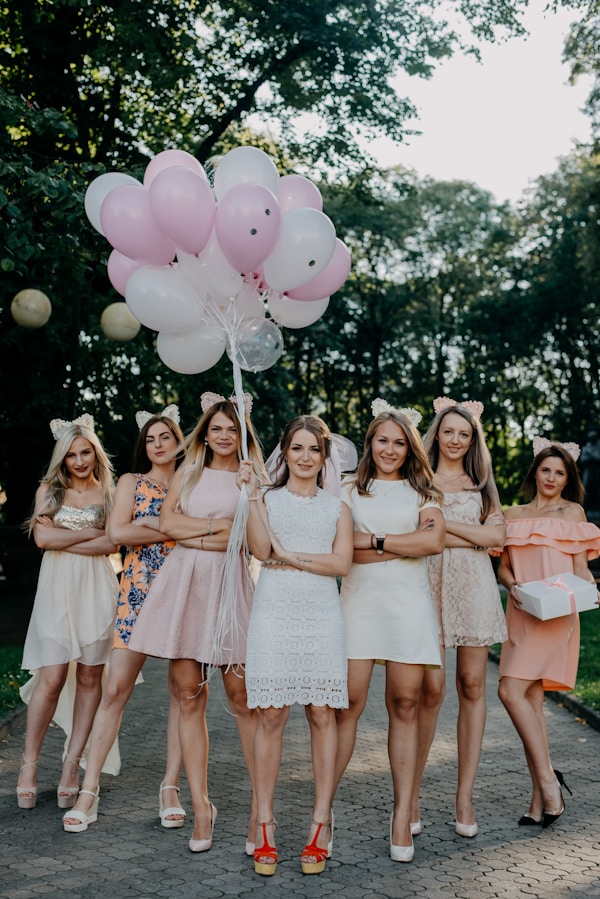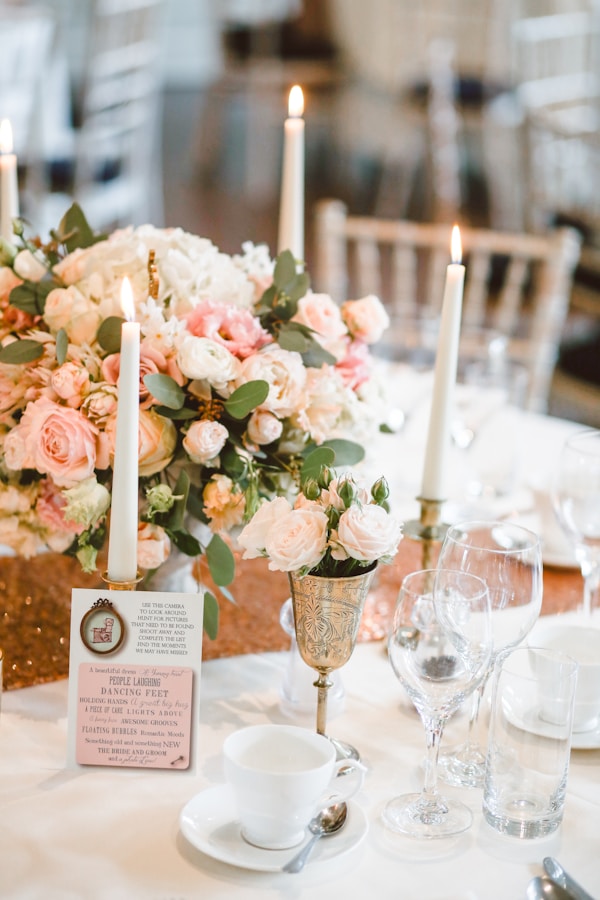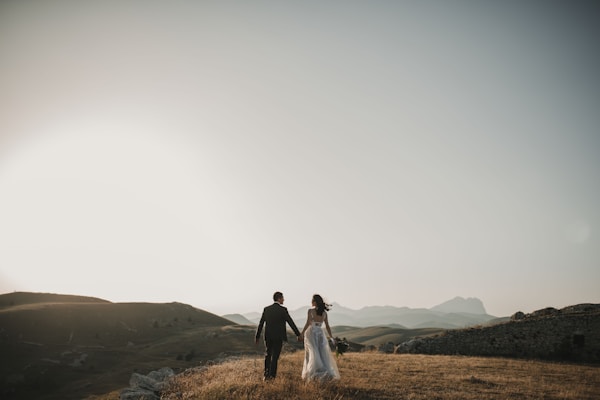Ensuring Support for Low-Cut Back Wedding Dresses: A Comprehensive Guide
Choosing the perfect wedding dress is a significant part of any bride's journey. One of the most fashionable options that have captured the hearts of many modern brides is the low-cut back wedding dress. The allure of a low-cut back is undeniable, offering elegance and sensuality. However, a common concern when choosing this style is, how do you ensure a wedding dress with a low-cut back maintains support? This guide will delve into various strategies to maintain that crucial support while looking stunning on your special day.Understanding the Importance of SupportSupport is essential in any wedding dress, particularly for styles like low-cut back dresses, which may appear to compromise support due to their design. When discussing support, we refer to how well the dress holds and shapes the bodice, especially the bust area. Ensuring adequate support not only helps maintain comfort throughout the day but also enhances your overall appearance.Factors to Consider When Choosing a Low-Cut Back DressWhen searching for a low-cut back wedding dress, several factors can influence the level of support you receive. Below are the key considerations:FactorDescriptionFabricThe material used in designing the dress can impact support significantly. Heavier fabrics like satin or structured lace typically offer more support than lighter materials like chiffon.Design FeaturesIncorporating built-in support like boning, underwire, or corsetry can enhance the structural integrity of a low-cut back...
Exploring Innovative Techniques for Creating a Wedding Dress with a Unique Train Design
Understanding the Essence of a Unique Train Design in Wedding DressesWedding dresses hold significant importance in a bride's big day, as they not only represent personal style but also symbolize love and commitment. Among the many elements of a wedding gown, the train is one of the most eye-catching, setting apart those who choose an elegant and unique design from the rest. In this article, we will explore the methods used to create a wedding dress with a unique train design that captures the imagination and hearts of everyone present.What is a Wedding Train?A wedding train is an extension of the gown that trails behind the bride as she walks. The length and style of the train can greatly influence the overall aesthetic of the dress. There are several types of trains, including: Brush Train: Slightly drags along the floor, offering a subtle, elegant look. Sweeping Train: A longer train that gently sweeps the floor, creating a dramatic impact. Cathedral Train: One of the longest designs, typically used in formal ceremonies. Chapel Train: Longer than a sweep train but shorter than a cathedral train, perfect for a balance between elegance and practicality.Creating a Unique Train: Methods and TechniquesWhen seeking to create a wedding dress with a unique train design, designers and brides alike consider various artistic techniques and methodologies to achieve that perfect finisher. Here, we delve into some of the most popular methods used:TechniqueDescriptionLayeringUtilizin...
Mastering the Art of Custom Wedding Dress Production: A Comprehensive Guide
How Do You Manage the Production of Wedding Dresses with Multiple Custom Elements?Wedding dresses are not just garments; they are symbols of love, commitment, and individuality. As such, the demand for custom wedding dresses has exploded in recent years, with brides seeking unique designs that reflect their personality and style. However, producing wedding dresses with multiple custom elements can be a daunting task. This article explores how to effectively manage this intricate production process while ensuring quality and customer satisfaction.The Importance of Customization in Wedding Dress ProductionCustomization in wedding dresses has become a significant trend, driven by brides wanting a unique piece that tells their story. Whether it’s an intricate lace design, personalized embroidery, or a specific type of fabric, these elements make each dress unique. But how do you effectively manage this production? Let’s dive into the key aspects.Understanding Client NeedsBefore you begin production, it is vital to clearly understand what the client wants. This stage involves: Initial consultation to discuss ideas and inspirations Creating mood boards and sketches Understanding the budget and timelineEstablishing a solid foundation at this stage will streamline the process later on.Designing the DressOnce you have gathered the necessary information from the bride, the next step is to create the design. This step can include: Choosing the right silhouette based on the b...
Mastering the Art of Wedding Dress Design: Techniques for Creating a Stunning Keyhole Front
Understanding Keyhole Front Wedding DressesWedding dresses have long been symbols of beauty, elegance, and personal style. Among the various styles, the keyhole front design stands out for its unique charm and sophistication. This article explores what techniques are used to create a wedding dress with a keyhole front, offering insights into the creative process, materials, and craftsmanship involved in making these exquisite gowns.What is a Keyhole Front Design?The keyhole front design features a cut-out area, usually near the neckline or bodice, creating a stunning focal point that enhances the bride's figure. This style has gained popularity in recent years for its modern yet timeless appeal. Various techniques contribute to the creation of this design, combining tradition and innovation in wedding dress fashion.Techniques Used in Crafting a Keyhole Front Wedding DressCreating a wedding dress with a keyhole front involves several key techniques, ensuring the dress fits perfectly while highlighting the beautiful cut-out detail. Here are the primary techniques employed by skilled designers:1. Pattern MakingTo achieve the desired keyhole shape, a precise pattern must be made. Designers typically begin with a basic dress pattern, modifying it to include the keyhole. This involves detailed measurements and fitting sessions to ensure the cut-out is placed correctly. Pattern-making software can also aid in designing the unique shape.2. Fabric SelectionThe choice of fabric plays a...
Mastering the Art of Creating a Wedding Dress with a Chiffon Overlay
What Methods Are Used to Create a Wedding Dress with a Chiffon Overlay?Creating a stunning wedding dress with a chiffon overlay is a complex yet fulfilling process that combines multiple techniques and creative artistry. While chiffon is known for its lightweight and flowing properties, its use in wedding dress designs adds an ethereal quality to any bridal look. This article delves into the various methods employed by designers and seamstresses to craft a wedding dress with a chiffon overlay, addressing everything from fabric selection to construction techniques.Understanding Chiffon: The Fabric of DreamsBefore we dive into the methods, let’s understand what chiffon is. Chiffon is a lightweight, sheer fabric made from silk or synthetic fibers like polyester. It is commonly used in evening dresses and wedding gowns for its graceful fall and billowy effect. The fabric’s transparency and delicacy allow it to create layered looks, making it an ideal choice for a wedding dress overlay.Key Techniques for Creating a Wedding Dress with a Chiffon OverlayDesigning a wedding dress with a chiffon overlay involves a series of steps that ensure the final product is both beautiful and wearable. Below are the primary methods used in the design and construction of these dresses.1. Design Planning and SketchingThe first step in creating a wedding dress is to plan the design. During this phase, designers sketch their ideas and decide how to incorporate chiffon. They consider the gown's structu...
Mastering Alterations for a Strapless Wedding Dress: Your Ultimate Guide
How Do You Handle Alterations for a Wedding Dress with a Strapless Neckline?Choosing the perfect wedding dress is one of the most significant decisions a bride will make as she prepares for her big day. For many brides, a strapless wedding dress is the epitome of elegance and allure, but it also comes with its own set of challenges, especially regarding alterations. How do you handle alterations for a wedding dress with a strapless neckline? This guide will provide you with essential information and tips on managing these changes effectively.The Importance of Proper AlterationsBefore diving into the specifics, it's crucial to understand the importance of proper alterations. A wedding dress, particularly one with a strapless neckline, must fit flawlessly to enhance the bride's silhouette and ensure comfort throughout the day. Poorly fitted dresses can lead to constant adjustments, which can be both distracting and uncomfortable. Therefore, knowing how to handle alterations for a wedding dress with a strapless neckline is essential.Common Issues with Strapless Wedding DressesStrapless wedding dresses can present several common fitting issues, such as: Size Issues: The dress may be too loose or tight around the bust and waist. Slippage: Without straps, the dress can slide down, requiring frequent adjustments. Length Adjustments: The dress might be longer than desired, especially for petite brides.Key Alteration TechniquesWhen considering alterations for a strapless wedd...
Best Practices for Designing a Wedding Dress with a Draped Neckline
Understanding the Allure of Draped Necklines A wedding dress with a draped neckline exudes elegance and sophistication, setting a romantic tone for your special day. The art of designing a wedding dress involves an in-depth understanding of style, fabric, and structural integrity. In this article, we will explore the best practices for designing a wedding dress featuring a draped neckline, focusing on key elements that can elevate the overall aesthetic and comfort of the gown.Why Choose a Draped Neckline?Draped necklines are versatile and flattering, complementing various body types. They can enhance the silhouette by drawing attention to the collarbone and shoulders while providing fluidity to the design. This style can take various forms, such as asymmetric, off-the-shoulder, or even halter necks. Below are some reasons to consider when designing a wedding dress with a draped neckline:Timeless Elegance: Draped necklines have a classic appeal, often seen in high-fashion gowns.Versatile Design: They can be adapted to fit different wedding themes, from bohemian to traditional.Enhanced Comfort: Draped necklines can provide ease of movement, which is essential for dancing and celebratory activities.Key Elements in Designing a Wedding Dress with a Draped NecklineThe right design elements are crucial for creating a stunning wedding dress. Here are some best practices for constructing a dress with a draped neckline:1. Selection of FabricChoosing the right fabric is critical for th...
Ensuring the Perfect Fit for Your Wedding Dress with Custom Adjustments
The Importance of a Perfectly Fitted Wedding Dress Choosing a wedding dress is one of the most thrilling parts of wedding planning. However, it can also be one of the most daunting tasks. One of the key elements that ensure you look and feel your best on your big day is the fit of your dress. How do you ensure a wedding dress fits perfectly with custom adjustments? This article delves into the steps, tips, and considerations for achieving that flawless fit. Understanding the Importance of Fit Before delving into custom adjustments, it's essential to understand why fit matters so much. A well-fitted wedding dress can enhance your figure, accentuate your best features, and make you feel confident. Conversely, a dress that is too loose or tight can lead to discomfort and self-consciousness throughout your special day.Common Fit Issues Many brides face similar fit challenges. Here are some common issues: Too Loose or Baggy: This can happen if the dress is not designed for your specific body shape. Too Tight: Fabrics that don’t allow for stretch can cause discomfort on what should be a relaxed day. Length Issues: The dress may need to be adjusted to match your height and the type of shoes you plan to wear. Support: Many dresses require alterations to provide proper support, particularly for styles such as strapless. Steps to Ensure a Perfect Fit To ensure your wedding dress fits perfectly, follow these steps: 1. Choose a Reputable Bridal Boutique Begin by selecti...
Unveiling the Art of Creating Wedding Dresses with Flutter Sleeve Details
When it comes to wedding dresses, the details make all the difference. Among various design elements, flutter sleeves have captured the hearts of many brides-to-be due to their delicate, dreamy appearance. In this article, we will explore the techniques used to create a wedding dress with flutter sleeve details, while also answering some common questions regarding styles, fabrics, and tips for brides.Understanding Flutter SleevesFlutter sleeves are characterized by their lightweight, flowing design, which often adds both softness and movement to a wedding dress. They can vary in shape, size, and attachment method, lending themselves to various styles from bohemian to classic. Here are some common questions about flutter sleeves: What fabrics work best for flutter sleeves? How do flutter sleeves affect the dress silhouette? Can flutter sleeves be added to existing dress designs?Techniques for Creating Flutter SleevesThe process of creating flutter sleeves involves several key techniques that fashion designers and seamstresses utilize. Below are some of the main methods:1. Fabric SelectionThe choice of fabric is paramount when designing flutter sleeves. Lightweight and fluid materials such as chiffon, georgette, or silk are preferred, as they drape beautifully and create that ethereal quality that couples adore.2. Sleeve ConstructionFlutter sleeves are often constructed as part of the bodice or attached separately. To create a flutter sleeve detail, designers may use t...
Mastering Wedding Dress Production with Diverse Fabric Types: A Comprehensive Guide
IntroductionThe world of wedding dress production is a fascinating realm where creativity meets technical skill, especially when dealing with multiple fabric types. Numerous designers face the challenge of managing the production of these intricate garments, ensuring the final piece meets the high standards of brides-to-be. In this article, we will explore effective strategies for managing the production of wedding dresses that utilize various fabrics, diving into the best practices, challenges, and solutions.Understanding Fabric Types in Wedding DressesWedding dresses can be constructed from a multitude of fabrics, each bringing a distinct quality to the gown. Some popular fabric types include:Fabric TypeDescriptionCommon UsesSatinA smooth, glossy fabric that drapes well.Traditional A-line and ball gowns.LaceA delicate fabric often used for overlay and detailing.Adding romantic patterns and textures.TulleA lightweight, net-like fabric commonly used in skirts.Creating volume and layers.ChiffonA sheer fabric that adds softness and flow.Elegant dresses with flowing silhouettes.OrganzaA thin, crisp fabric ideal for layering.Creating structured designs and embellishments.Challenges in Managing ProductionManaging the production of wedding dresses with multiple fabric types comes with its own set of challenges:Fabric compatibility: Different fabrics can behave differently during production, which can lead to difficulties in sewing and garment assembly.Cost management: Some fabrics ...
Unveiling the Art of Wedding Dress Design: What Methods are Used to Create a Wedding Dress with a Cascading Train?
Weddings are one of the most significant milestones in an individual's life, and the wedding dress often takes center stage during this momentous occasion. Among the various styles and designs, dresses with cascading trains are particularly enchanting, evoking elegance and romance. Many brides-to-be find themselves wondering, what methods are used to create a wedding dress with a cascading train? This article answers that question while also exploring related topics such as fabric selection, the role of couture techniques, and the significance of train length and style. Let's dive deeper into this fascinating world of bridal fashion.Understanding Cascading TrainsA cascading train refers to the flowing extension of a gown that trails behind the bride as she walks. This design element can dramatically enhance the aesthetic appeal of a wedding dress, adding a touch of grandeur and sophistication. Cascading trains come in varying lengths and styles, from tapered designs that create a subtle drama to fuller, more elaborate trains that require ample space in the venue. The allure of a cascading train lies not only in its visual impact but also in its artistic creation.Methods Used to Create a Cascading TrainCreating a wedding dress with a cascading train involves various methods and techniques. Below are some of the primary approaches designers employ:MethodDescription1. DrapingDraping is a popular technique where fabric is layered and pinned on a dress form to create a three-dimen...
Expert Guide: How to Handle Alterations for a Wedding Dress with a Layered Bodice
Understanding the Importance of Proper Alterations for a Wedding DressChoosing the perfect wedding dress is a crucial part of preparing for your big day. A stunning gown can make you look and feel like a princess. However, one of the most important aspects often overlooked is the alterations that may be needed to ensure the dress fits perfectly, especially when dealing with a layered bodice. In this guide, we will delve into how to navigate the world of wedding dress alterations, particularly for those beautiful dresses featuring layered bodices.Why Alterations are NecessaryEvery bride comes in unique shapes and sizes, and wedding dresses are rarely "one size fits all." This is where alterations come into play. They are essential to creating a flawless fit that highlights your curves and flatters your figure. Here are some reasons why alterations are necessary:Achieve the Perfect Fit: A professionally altered gown can accentuate your body shape, giving you confidence on your special day.Enhance the Design: Alterations can enhance the intricate details of layered bodices, ensuring that the layers fall perfectly.Ensure Comfort: You will want a dress that feels as good as it looks, making comfort a priority.Common Issues with Layered BodicesLayered bodices offer a romantic and dynamic look, but they can present unique challenges during alterations. Here are some common issues you may encounter:Too Loose or Tight: The multiple layers can cause some areas to fit differently, leadi...
Discover the Elegance: Techniques to Create a Wedding Dress with a Flowing Silhouette
In the world of bridal fashion, the silhouette of a wedding dress is paramount. Among the various styles, a flowing silhouette stands out for its grace and timeless charm. Brides want to look stunning on their special day, and a dress that flows elegantly can enhance their beauty. In this article, we will explore the techniques used to create a wedding dress with a flowing silhouette, ensuring that your design journey is both informative and inspiring.Understanding Flowing SilhouettesA flowing silhouette typically features soft, gentle lines that create an ethereal look. These dresses are often designed to move gracefully with the bride, making them suitable for any wedding style—from outdoor ceremonies to grand ballroom receptions. But what techniques are employed by designers to achieve this enchanting effect? Let's delve into the craftsmanship behind these exquisite garments.Essential Techniques for a Flowing SilhouetteTechniqueDescription1. Choice of FabricThe right fabric is crucial for achieving a flowing silhouette. Lightweight materials such as chiffon, silk, and organza lend themselves well to a graceful drape.2. Strategic Darts and SeamsEmploying darts and seams in specific areas can help to shape the bodice while allowing the skirt to flow freely, creating a beautiful hourglass figure.3. LayeringLayering different fabric types can create depth and movement. A lightweight overlay over a heavier base can result in an enchanting cascading effect.4. A-line and Empire C...
How to Ensure the Integrity of a Wedding Dress with a Structured Skirt
Understanding Structured Skirts in Wedding DressesWhen choosing the perfect wedding dress, the design and structure play a pivotal role in ensuring that the gown lasts through the ceremony and into the reception. One particularly popular design element is the structured skirt. However, many brides wonder, how do you ensure the integrity of a wedding dress with a structured skirt? This article will delve into the essential aspects of maintaining the structural integrity of bridal gowns, focusing on various techniques, maintenance tips, and potential concerns.What is a Structured Skirt?A structured skirt typically features a voluminous silhouette that offers support and maintains its shape throughout the event. These skirts are often made with layers of tulle, crinoline, or satin, strategically placed to create that beautiful, dramatic appearance. Brides are naturally excited about such dresses, but they also have valid concerns about how to preserve their look.Things to Consider When Selecting a Structured SkirtBefore we dive deeper into integrity preservation, it’s essential to consider a few factors when choosing a wedding dress with a structured skirt: Material: The choice of fabric significantly affects the dress's structure and durability. Layering: More layers can enhance the shape but may also add weight. Fit: A perfect fit ensures that the dress maintains its silhouette and doesn't sag or shift. Length: Floor-length skirts may require different handling tha...
Unlocking the Secrets: What Methods Are Used to Create a Wedding Dress with a Plunging Back Detail?
Introduction to Plunging Back Wedding DressesWedding dresses have always been a symbol of elegance and style, yet recent trends are pushing the boundaries of traditional bridal attire. One such trend that has captured the imagination of brides everywhere is the plunging back detail. This daring design choice offers a captivating blend of sophistication and sensuality, creating a stunning silhouette that can leave a lasting impression.But how exactly do designers craft these remarkable garments? In this article, we will explore the various methods used in creating wedding dresses with plunging back details, delving into the techniques, fabrics, and styles that contribute to the allure of these unique creations.Understanding the Plunging Back DesignThe plunging back detail is characterized by a low-cut design that typically extends to the waist or lower, providing an elongated and alluring appearance. This design element can vary from subtle dips to dramatic cuts, ensuring versatility for every bride. Understanding the different styles available will help you choose the perfect dress for your body type and personal aesthetic.Style Variations of Plunging Back Wedding DressesDescriptionClassic PlungeA traditional look with a modest plunge that adds elegance without being overly revealing.Semi-Sheer PanelThis style incorporates a sheer fabric that offers coverage while still showcasing the back.Dramatic Back CutsBold designs with significant back exposure, offering a striking visu...
How to Manage the Production of Wedding Dresses with Complex Lace Patterns
Introduction to Managing Wedding Dress Production Creating exquisite wedding dresses adorned with complex lace patterns is both an art and a science. The intricate designs often require meticulous planning and skilled craftsmanship. This article will guide you through the process of managing the production of wedding dresses with delicate lace embellishments, providing insights into the best practices, challenges, and innovative solutions. Understanding the Importance of Lace in Wedding Dresses Lace has been a beloved fabric in bridal fashion for centuries, symbolizing elegance and romance. It adds depth and sophistication to wedding dresses, often transforming a simple silhouette into a stunning masterpiece. Thus, understanding how to effectively manage lace production is crucial for fashion designers and bridal boutiques alike. Key Aspects of Lace Production Lace production involves various techniques and materials. Here are some key aspects to consider: AspectDescription MaterialsThe choice of materials impacts the final look and feel of the lace. Common materials include cotton, silk, and polyester. TechniquesDifferent lace-making techniques, such as Chantilly, Alençon, and Guipure, influence the complexity and aesthetics of the patterns. Design PlanningLayouts must be carefully planned to ensure that patterns align beautifully on the dress. Quality ControlRegular assessments must be made to maintain the quality of lace fabric and its integration into dress ...
Mastering the Art of Wedding Dress Design: Techniques for Creating a Beaded Waistband
IntroductionWhen it comes to bridal fashion, wedding dresses hold a special place in the hearts of brides and designers alike. One captivating element that often adorns a wedding dress is the beaded waistband—a feature that adds elegance and a touch of sparkle. In this article, we will delve into the various techniques used to create a wedding dress with a beaded waistband, while also exploring related topics such as design inspirations, popular fabrics, and tips for selecting the perfect wedding dress.Understanding the Beaded WaistbandA beaded waistband serves as a stylish accent that enhances the overall silhouette of the bride. It draws attention to the waist, creating a flattering shape that complements various body types. The beading can vary in size, color, and style, allowing designers to customize the look based on the wedding theme and personal preferences.Techniques for Creating a Beaded WaistbandCrafting a wedding dress with a beaded waistband involves a combination of sewing techniques, design considerations, and meticulous attention to detail. Below are some of the most common techniques used by designers:TechniqueDescriptionHand BeadingHand beading involves sewing beads individually onto the fabric, allowing for maximum creativity in design and placement.Machine BeadingUsing a sewing machine, this technique allows for faster application of beads while achieving consistent spacing and alignment.Beaded TrimBeaded trims are pre-made strips that can be sewn directly...
How to Ensure Your Vintage-Inspired Wedding Dress Fits Perfectly
A wedding day is one of the most important moments in a person's life, and the dress plays a pivotal role in that day. For many brides, a vintage-inspired wedding dress offers an enchanting allure that stands out in both its design and significance. However, ensuring that this exquisite piece fits perfectly is equally vital. In this comprehensive guide, we will explore various strategies to ensure a vintage-inspired wedding dress fits flawlessly, allowing you to shine on your big day.Understanding Vintage-Inspired DesignsVintage-inspired wedding dresses reflect the elegance and style of past eras, often drawing inspiration from the 1920s through the 1970s. These designs might incorporate intricate lace, flowing skirts, or unique silhouettes that enhance the nostalgic appeal. When considering a vintage-inspired wedding dress, it's crucial to understand how different elements of the design can affect fit.Key Characteristics of Vintage-Inspired Wedding DressesFeatureDescriptionMaterialVintage dresses often use delicate materials such as lace, chiffon, and satin which can behave differently than modern fabrics.SilhouetteCommon silhouettes include A-line, ball gown, and sheath, each requiring different fitting strategies.EmbellishmentsVintage dresses may include beading, sequins, or embroidery which can alter the weight and drape of the dress.LengthDepending on the era you're inspired by, lengths can vary from tea-length to full-length, affecting the overall fit.Steps to Ensure a ...
What Methods Are Used to Create a Wedding Dress with Feathered Detail?
When it comes to wedding dresses, the inclusion of unique details can make a significant impact. Among various embellishments, feathered details have emerged as a popular choice for brides looking to add a touch of elegance and whimsy to their attire. This article explores the methods used to create a wedding dress with feathered detail, delving into the design process, materials, and techniques involved. Whether you're a bride-to-be, a designer, or simply curious about wedding fashion, this comprehensive guide will provide valuable insights.The Rise of Feathered Details in Wedding FashionFeathered details have become increasingly popular in wedding fashion over the past few years. Celebrities and fashion icons alike have embraced this avant-garde aesthetic, making it a trend worth exploring. Feathered embellishments add texture, movement, and an ethereal quality to gowns, setting them apart from more traditional designs. The allure of feathers is not only in their visual appeal but also in how they can enhance the overall bridal look.Choosing the Right FeathersThe first step in creating a wedding dress with feathered detail is selecting the appropriate feathers. Designers have various options to consider, including:Ostrich Feathers: Soft, long, and luxurious; ideal for dramatic accents.Marabou Feathers: Light and fluffy; often used for soft, romantic looks.Peacock Feathers: Unique and colorful; perfect for adding a pop of color.Goose Feathers: Versatile and available in vari...
How to Handle Alterations for a Wedding Dress with a High-Low Hemline: A Comprehensive Guide
Choosing the perfect wedding dress is one of the most exciting yet challenging tasks for brides-to-be. A high-low hemline has become increasingly popular in recent years, offering a unique blend of elegance and style. However, alterations for a wedding dress with a high-low hemline can be daunting. In this article, we will explore the ins and outs of handling these alterations effectively, ensuring you look stunning on your special day.Understanding High-Low HemlinesBefore diving into alterations, it’s essential to understand what a high-low hemline is. This style features a shorter front that gradually elongates toward the back, providing a dramatic silhouette. Given its unique design, it requires specific alterations to maintain the balance and proportion of the dress.Common Issues with High-Low Hemline DressesWhen choosing a high-low wedding dress, some brides may encounter common issues:IssueDescriptionUneven HemThe high-low hem may not be perfectly even, leading to an unbalanced look.Fit Around the HipsThe dress may fit perfectly at the top but be too loose or tight around the hips.Length AdjustmentsBrides may need specific lengths for both the front and back of the dress to ensure comfort and elegance.Preparing for AlterationsBefore proceeding with alterations, consider the following steps:1. Consult a Professional TailorFinding an experienced tailor who specializes in wedding dresses is crucial. Look for someone with a portfolio showcasing their work on high-low hemlin...
